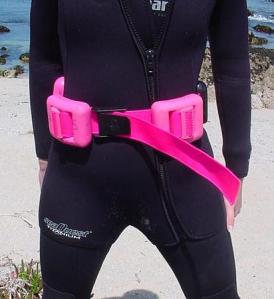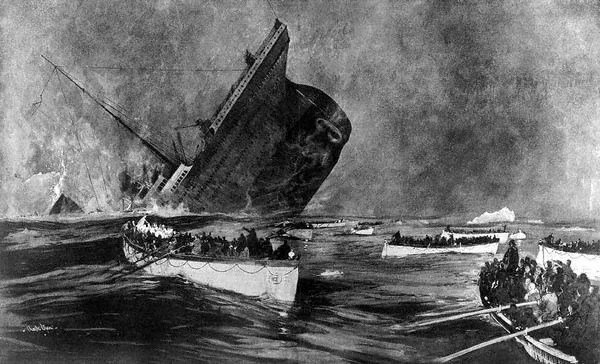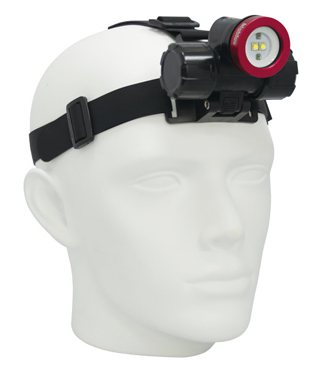Originally published 9 July 2014 @ kirkscubagear’s Scuba Scoop
Reprinted from eHow
The amount of weight required to safely descend at the start of a dive and to maintain a safety stop at the end of a dive is not limited to what is installed on a weight belt. Proper weighting depends on many variables such as exposure suit type and thickness, tank composition and diver experience, in addition to body weight. For a streamlined profile, weight can and should be distributed so the diver can establish an efficient position in the water. Distributing weight among the weight belt, BCD, ankles and/or tank can offset pressure in one area, thereby increasing comfort.
Instructions::
Calculate Diving Weight
1
Multiply your weight by 10 percent to calculate the amount of weight to carry when you’re diving in salt water wearing a 3mm wet suit with an aluminum tank (80 cubic feet). For example: 150 pounds x 0.10 = 15 pounds
2
Add one pound for each additional millimeter (mm) of thickness if your wet suit is thicker than 3mm. For example: 7mm wet suit is 4mm thicker than 3mm, so four pounds is added to the calculation in step one.
15 pounds + 4 pounds = 19 pounds
Subtract four pounds if you’re diving in fresh water, such as in a lake. For example:
Freshwater wearing 3mm wet suit (150 pounds): 15 pounds – 4 pounds = 11 pounds
Freshwater wearing 7mm wet suit (160 pounds): 19 pounds – 4 pounds = 15 pounds
4
Round up (i.e., add a pound or a few) so that you can evenly distribute weight or if your fat-to-muscle ratio is greater.
5
Evenly distribute the weights in your weight belt pouches so that the right and left sides carry equal weight. Consider distributing weight around your body to reduce the amount of weight on your hips.
For example, wear a pair of two-pound ankle weights to reduce the weight belt load by four pounds; weight can also be installed in your BCD weight pouches or pockets.
6
Don the weight belt and check that the weight distribution and length are comfortable. Adjust the weights and the belt length accordingly if desired.
Weight Check
7
Check that you are properly weighted before your dive by donning your scuba gear with a near-empty tank (80 cubic feet aluminum tank containing 500 psi).
8
Enter the water and float on the surface of the water. Place your regulator in your mouth and hold still (i.e., no kicking, sculling or moving).
9
Hold your low-inflator hose and raise it high vertically. Press the deflate button to completely deflate your BCD while inhaling deeply and holding your breath.
10
Check that you are sinking momentarily. If you end up floating at eye level, your weight is fine; if you are floating higher, add two to four pounds of weight; if you descend so that the water surface is above your head, remove at least two pounds of weight.
Thanks eHow
Kathy Dowsett







Leave A Comment